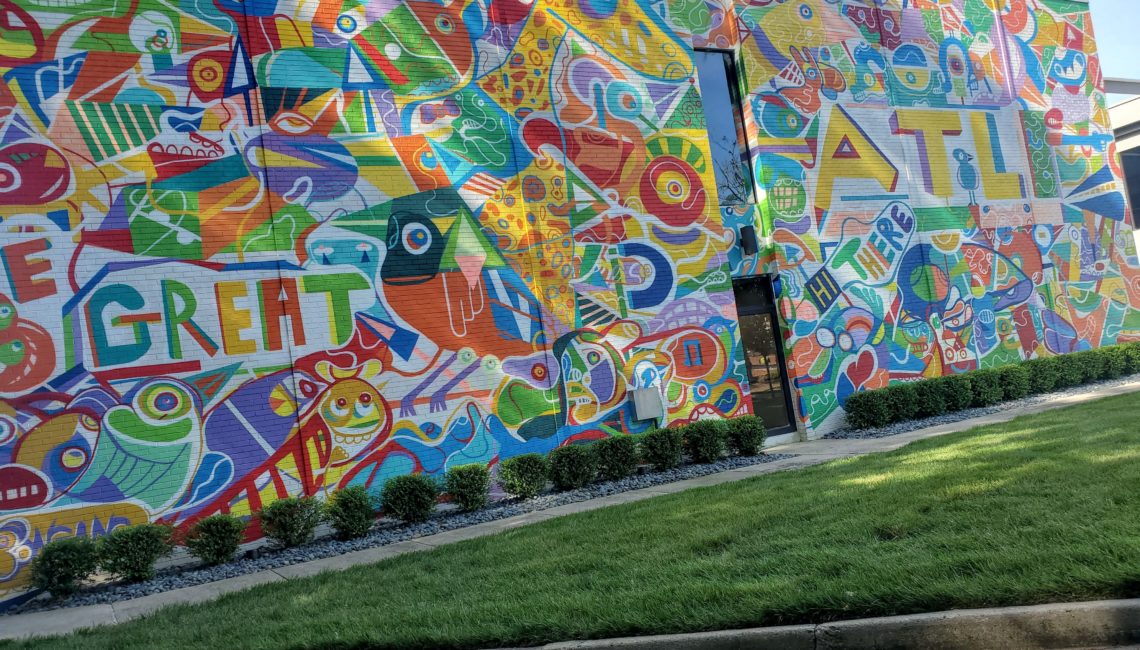Inclusion is Puzzling
During the pandemic, I have been doing jigsaw puzzles. Each time I sit in front of a puzzle in its many stages of completion I get these thoughts about inclusion. I have discovered that completing a jigsaw puzzle is very much like inclusion. Personally, I have been working on 1000-piece puzzles, the most recent being a puzzle titled “Things I Ate as a Kid Collage” which is a collage of a variety of breakfast cereals. With each phase of completing this puzzle I was awe struck by the obvious parallels between the stages of the puzzle and the various stages of acknowledgment, emotion, and commitment inclusion brings up in people—well, obvious to me as someone whose life work is inclusion, but let me explain the 3 stages I saw while working with this puzzle.

Stage 1: Challenges
When I picked up the puzzle box and looked at the picture of what the finished product would be, I was excited about the various colors and intricate challenges it would present me with. Having worked on previous puzzles, I knew that the bright yellows and rich reds would be easy to discern into their respective places, but also that the various shades of blue and green, and even pieces that look similar, but aren’t, would create unseen challenges.
Inclusion = Taking inventory of talents and skills available to a workplace or community to get a job done. How to get those different talents to work in synergy.
Stage 2: Identification
Opening the box and literally spilling its 1000 pieces across my 6ft dining room table, I had a sense of nostalgia. I reflected on the different cereals represented in the final picture. It reminded me of breakfast time in my childhood. In that moment I could smell the different scents and recall the different flavors. Fruits, nuts, chocolate, flakes, Os, or nuggets. It took something special to get each morning started. These flavors and their variety of shapes never disappointed.
Inclusion = Ability to identify what certain talents can bring to the team how they would contribute and add value to the culture.
Stage 3: Finding and Filling the Holes
Putting the pieces together is where my aha light became even brighter. As I was sitting there looking at the puzzle that, by the way, was 2/3rds complete, I took inventory of the remaining pieces. 1/3 still had not yet found their way into the ever changing mosaic of cereal boxes. I realized that my eyes kept focus on the larger gaping holes in the puzzle. I had little interest in the areas of the puzzle that required one or two pieces. I knew those pieces would become obvious as the larger parts came together.
Inclusion = Paying attention to the obvious with no regard in the areas that could have become destabilized. Worse, operating under unrealized strain because talent resources were either overlooked or disregarded as an option.
Putting it All Together
I am happy that my quarantine activity became a metaphor that you might think would have been obvious to me. The whole, be it a puzzle or an organization, needs overall direction—ideas that work together to meet the goals clear. Looking closer, the pieces, of a puzzle or team members, have to work together. You can’t force one part into a spot, no matter how much it appears to belong there. Trust me on this. I wanted to. If you’ve ever done a 1000-piece puzzle, I know you know how much I wanted to. But even though a piece with the same ins and outs as the gap I was trying to fill was blue, looking closer, they weren’t the same blue and I could not make them fit together. The blues, in their respective places, did, however, work together as part of the whole. Sometimes it was this slight difference that caused holes to remain open. Onesies and twosies that might have made entire parts make sense were disregarded because they weren’t obvious choices. How often do we overlook what may be obvious if we just look closer?
The puzzle is completed, and I am very happy for that. I am more grateful that this tedious activity of putting together this 1000-piece puzzle helped me to shift forward and reimagine how inclusion is really in our everyday lives.
Interested in learning more about inclusion, culture, or other organizational challenges? Read about my consulting services.

